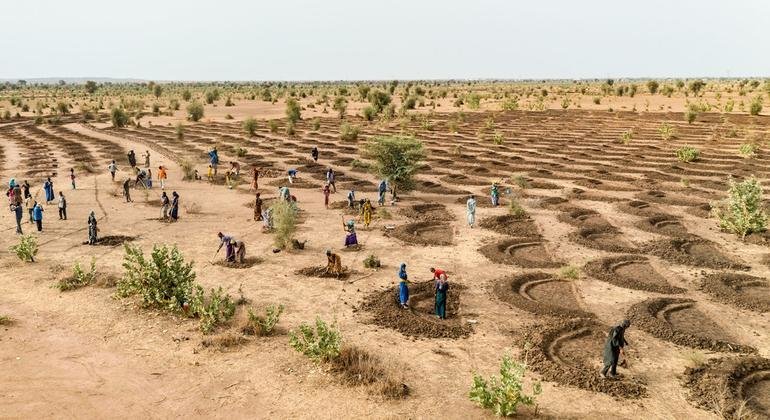The 16th Conference of the Parties (COP16) of the United Nations Convention to Combat Desertification concluded in Riyadh, Saudi Arabia, after two weeks of intense discussions on land degradation, desertification, and drought. These issues impact a quarter of the world’s population, so nearly 200 countries gathered to seek solutions. Participants committed to prioritizing land restoration and improving drought resilience in their national policies, highlighting the importance of international cooperation to promote food security and climate change adaptation.
Although a new global drought regime was not established, countries left with a strong political declaration and 39 decisions outlining the future path. Droughts affect around 1.8 billion people worldwide, with an estimated economic impact of $300 billion annually, threatening vital sectors such as agriculture and water supply.
Among the achievements of COP16, the launch of a prototype of the International Observatory of Drought Resilience stood out. This global platform supported by artificial intelligence will help countries assess their response capacity to severe droughts. Additionally, the private sector was mobilized through the Business4Land initiative, and working groups were created to include the perspectives of indigenous peoples and local communities.
Oliver Tester, a representative of Indigenous peoples from Australia, expressed satisfaction with the progress in including their voices in Earth protection. Countries agreed to lay the groundwork for a global drought regime, with hopes of finalizing it at the next COP17 conference, to be held in Mongolia in 2026.
The conference was the most numerous and diverse to date, with over 20,000 participants, including a record number of youth and representatives from sectors such as agri-food and finance. Amina J. Mohammed, UN Deputy Secretary-General, emphasized the importance of including youth and indigenous communities in developing sustainable solutions.
The Convention estimates that an investment of at least $2.6 trillion by 2030 is needed to restore over a billion hectares of degraded land and increase drought resilience. Promises of investment were made for both large-scale land restoration and existing initiatives, such as the Great Green Wall, aimed at restoring 100 million hectares in the Sahel.
Convention Executive Secretary Ibrahim Thiaw concluded by highlighting that solutions are already within reach, and the decisions made at COP16 will influence the future of the planet and the lives of those who depend on it.
Source: MiMub in Spanish












